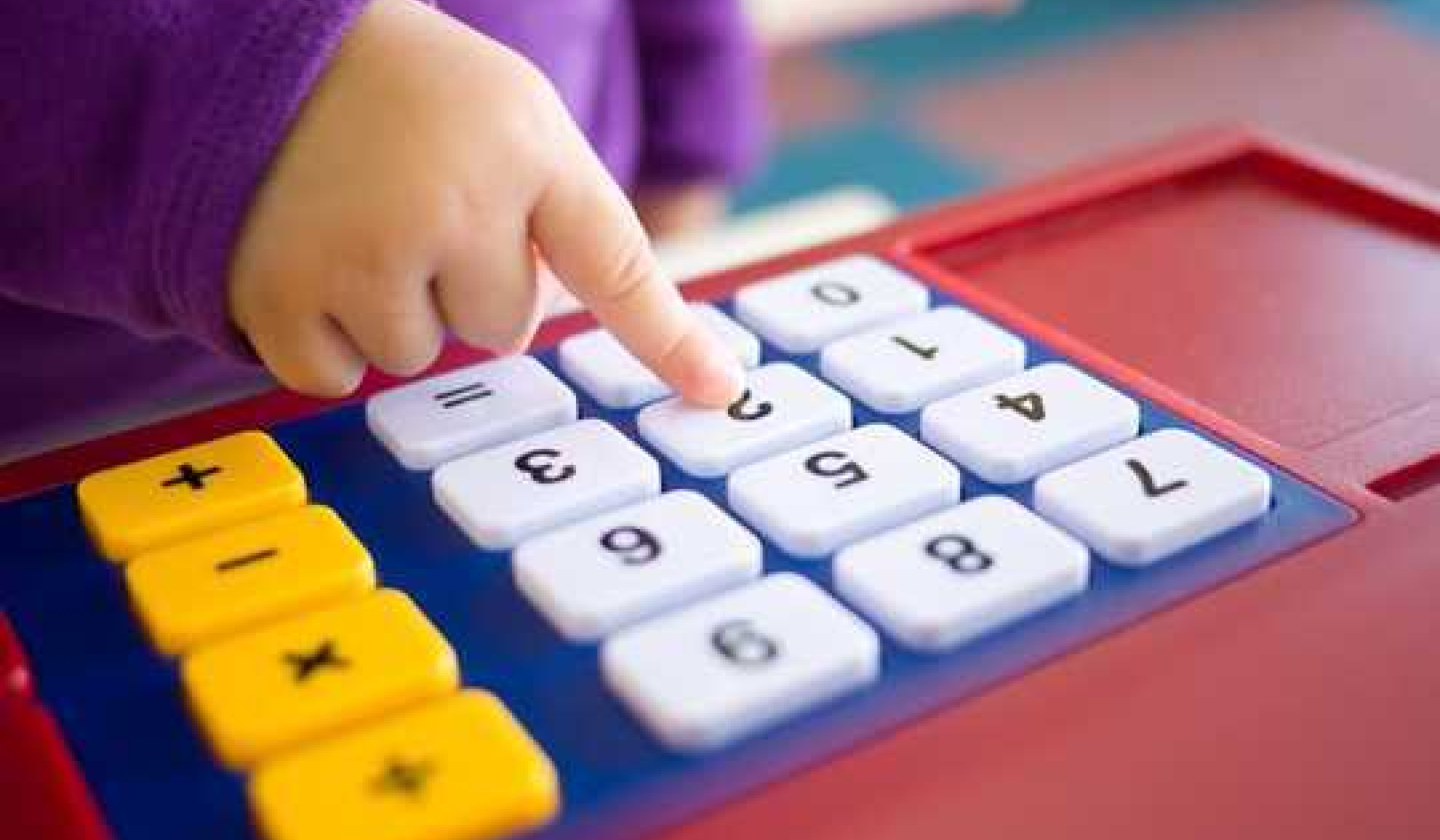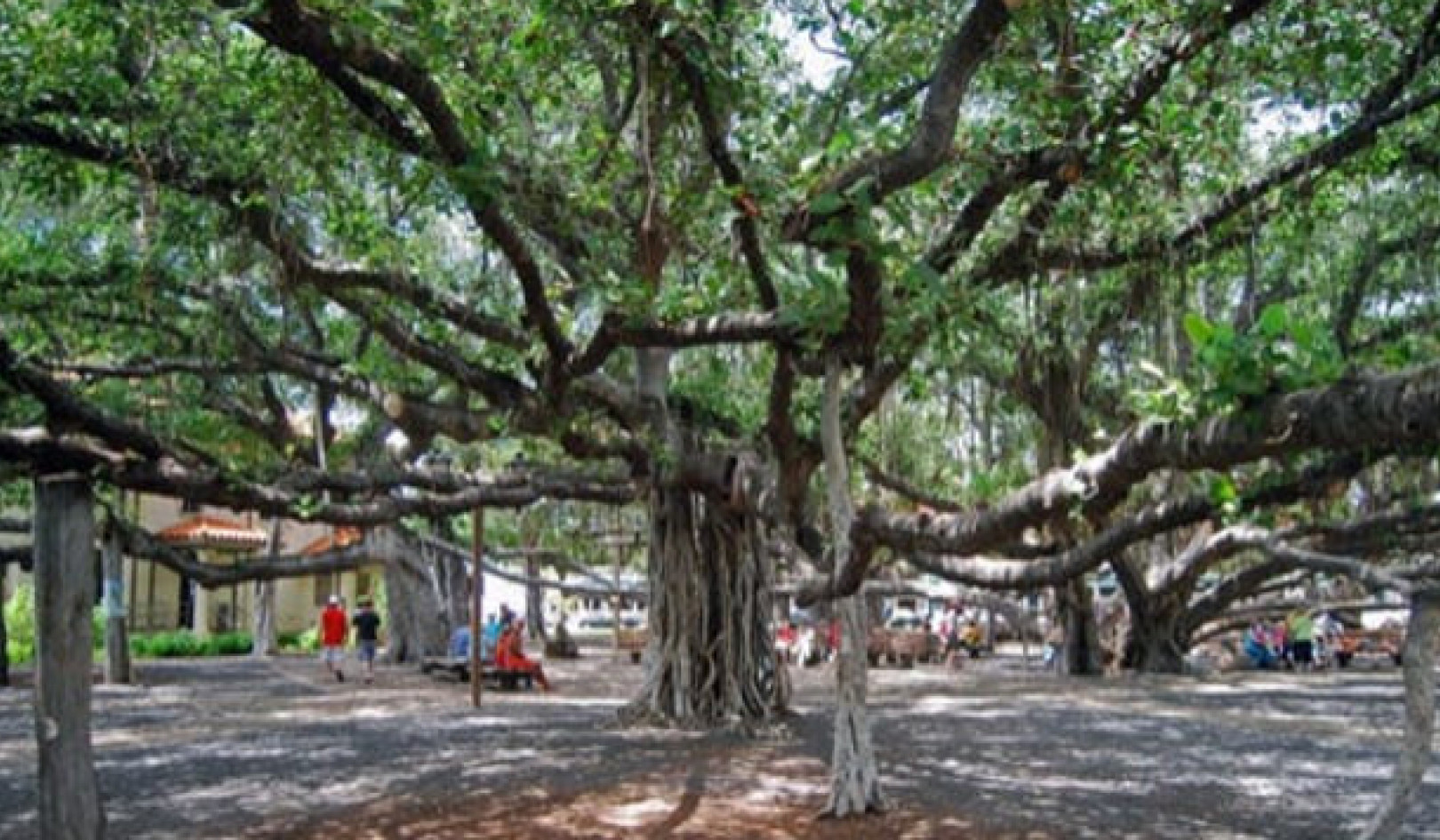
"When I have a problem and I dance,
at the end the problem is gone!
These dances help to transform my life." (24-year-old)
Ultimately, I am convinced that it is the connection to one’s sense of the spiritual that infuses dance with the power to heal and transform. Spirituality means many different things to different people.
For some it is a connection to the mystery of life or a willingness to trust. Others might define spirituality in relation to a transcendental dimension, and living a life that is consistent with knowing that Spirit dwells within each of us.
Spirituality: Transcendence, Wholeness, Connectedness, & Meaning
Throughout the psychological literature, words like transcendence, wholeness, connectedness, and meaning appear repeatedly in relation to spirituality. Carl Jung believed that images of wholeness exist within the unconscious mind and come unbidden into our consciousness.
They can support us in meeting our life challenges, and in the case of dance, can help us move through dark times with grace and greater ease.
“It was kind of like the dark night of the soul. A moment when I was 44 or 45, where I had a kind of betrayal in my relationship with my husband and a betrayal with a sister… And through the practice of these forms of sacred dance… one of the ways that I was able to traverse it was through the empowerment that happens when I allow my sacred nature, you know, my true sacred nature to step forward even in the midst of a human personality that was very devastated.”
Dance: A Means of Connecting to the Sacred
For the women I spoke with, dance was at least one means of connecting to the sacred. Some talked about how they didn’t get the whole God thing the way other people did. Those who left the church of their childhood said they missed the worship, the connecting to One but found that connection through the dance.
“That pure release when you’re dancing… is so close to worship. It’s so close to that pure release of your spirit when you’re worshipping. I can feel it like lightness inside.”
Dance brought many of the women I talked with back to their spirituality:
“Dancing has always brought me joy— it’s a joyful thing. I found it as a way of communing in a spiritual way. I guess in a way I was forgoing my spirituality, and I kind of got back to it and that for me was through dancing.”
Dance also brought them back to a sense of themselves that they had lost, as one woman described:
 “It’s the thing that connects me to who I am or helps me figure it out. And when I dance in the park it feels like I connect to the sky and the stars and everything else that’s around there… I never knew that there would still be that part of me that could have the joy that I hear everyone else talk about, that I feel so sad I missed out on. When I dance, I feel what they talk about.”
“It’s the thing that connects me to who I am or helps me figure it out. And when I dance in the park it feels like I connect to the sky and the stars and everything else that’s around there… I never knew that there would still be that part of me that could have the joy that I hear everyone else talk about, that I feel so sad I missed out on. When I dance, I feel what they talk about.”
Dance as an Expression of Joyous Spirituality & Pure Bliss
For Laura, dance is an expression of joyous spirituality while Berte describes it as an experience of pure bliss. Danielle claims,
“It’s a visceral thing. I think it actually is coming from my spirit and then it comes through my body… There’s an essence of being that is always brought to my attention when I dance, so in a way it’s very much like meditating, it reminds you of your true spirit.”
There is a sense of embodying one’s own essence. Many women use dance as their spiritual practice.
“I do it as something that helps my mood. It helps my spirit. It uplifts me… Even when we are alone, we are in company of a greater spirit. And when we dance, we embody that greater spirit inside ourselves.”
There is an old Sufi saying that states, “God respects us when we work, but loves us when we dance.” It appears that our own divine nature feels the same way.
©2011 Johanna Leseho and Sandra McMaster.
Reprinted with permission of the publisher,
Findhorn Press. www.findhornpress.com.
Article Source
Dancing on the Earth: Women's Stories of Healing and Dance
edited by Johanna Leseho, PhD and Sandra McMaster, MEd
 The essays in this dynamic compilation are a testament to dance as a healing art. Widely interdisciplinary in nature and written by women dancers from around the world, they illustrate a rich array of dance practices, cultures, and disciplines and show how this expressive therapy can be both empowering and exhilarating. The women’s narratives all share a deep appreciation for the connection between mental, spiritual, and physical dimensions, offering dance as a transformative power of renewing and rebuilding that bond.
The essays in this dynamic compilation are a testament to dance as a healing art. Widely interdisciplinary in nature and written by women dancers from around the world, they illustrate a rich array of dance practices, cultures, and disciplines and show how this expressive therapy can be both empowering and exhilarating. The women’s narratives all share a deep appreciation for the connection between mental, spiritual, and physical dimensions, offering dance as a transformative power of renewing and rebuilding that bond.
Click here for more info and/or to order this book on Amazon.
About the Author/Editors
 Johanna Leseho, PhD, is an associate professor at Brandon University and a certified laughter yoga instructor. She has studied dance most of her life and currently is a student-teacher of Mandala Dance. Johanna wrote the above article excerpted from the introduction of the book, Dancing on the Earth.
Johanna Leseho, PhD, is an associate professor at Brandon University and a certified laughter yoga instructor. She has studied dance most of her life and currently is a student-teacher of Mandala Dance. Johanna wrote the above article excerpted from the introduction of the book, Dancing on the Earth.
 Sandra McMaster, MEd, is a counselor at Brandon University, where she supports students with self-esteem and leadership workshops. She is a practitioner of Satir therapy, yoga, and other alternative and expressive healing therapies. She has studied Hakomi and numerous types of dance.
Sandra McMaster, MEd, is a counselor at Brandon University, where she supports students with self-esteem and leadership workshops. She is a practitioner of Satir therapy, yoga, and other alternative and expressive healing therapies. She has studied Hakomi and numerous types of dance.
They both live in Brandon, Manitoba. Visit the book's website at http://www.dancingontheearth.ca
Related Books
More books on this topic
at InnerSelf Market and Amazon


























